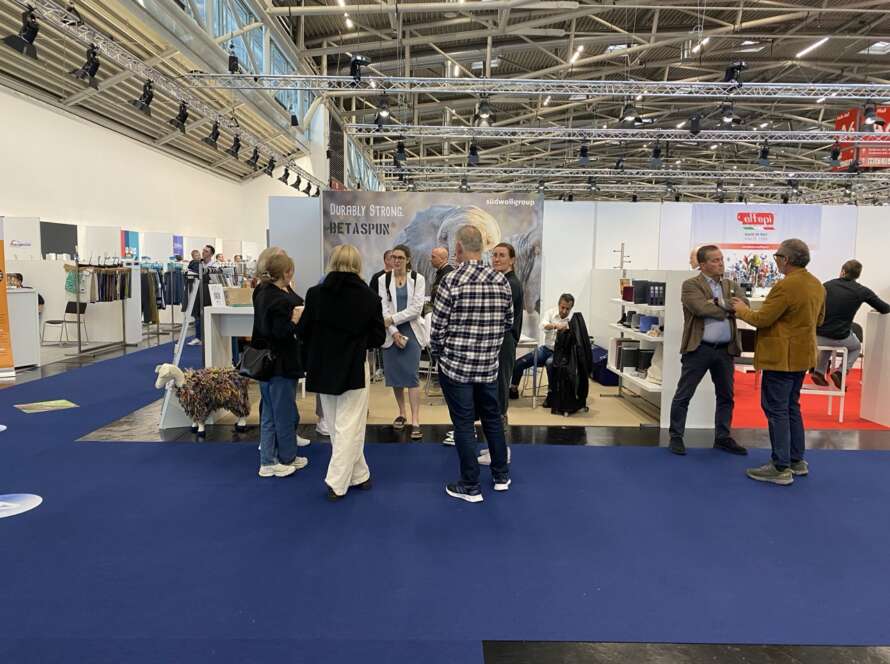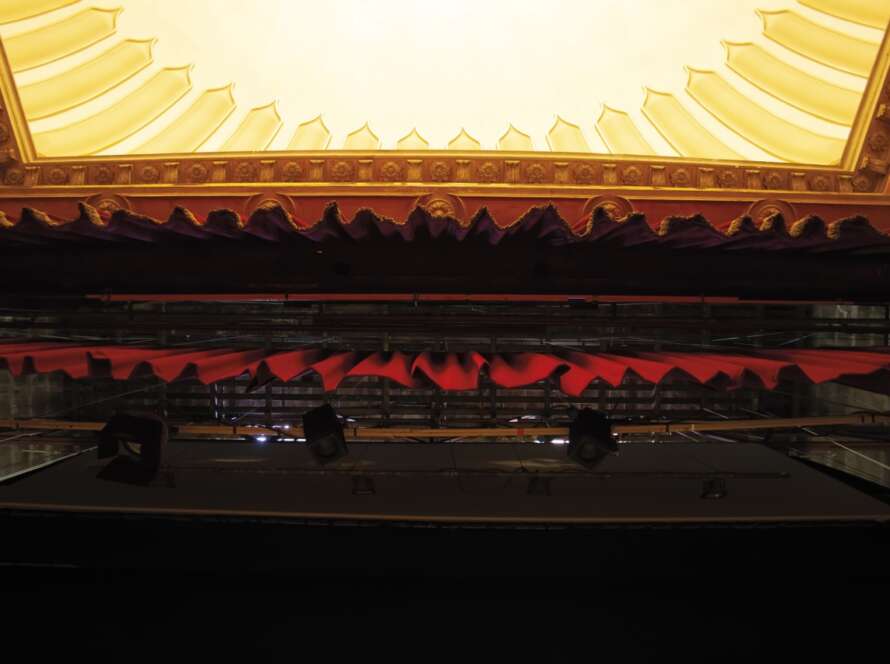“T
he best part of the project was to work with professionals in the knitting industry such as Stoll and a manufactory in Albstadt, Germany and to use this special yarn for my project. Professional ballet dancers tested the product and loved it, that was a special moment.”
We had the pleasure of working together with Lynn Martin of act’ble a young company from Germany who’s self proclaimed goal is to create a new art of movement. They created a body, a bodysuit as well as a T-Shirt and trousers form our Godwin 2/30 yarn (75% Merino Wool Extrafine, 19.5 mic, anti-shrinkage, 25% Lenzing™ Lyocell). But enough talking from us! Let’s hear what Lynn and act’ble have to say:
Design | Function | Inspiration
Design
In the dynamic world of dance, attire plays a pivotal role in both the performance and the visual appeal of the dancer. Recognizing this, our latest design philosophy aims to marry form and function, crafting a bodysuit that feels like a second skin. It’s not just about looking good; it’s about moving with grace and power.
Our goal was to create a garment that complements the dancer’s physique, offering support through compression zones and cooling through ventilation areas. The innovative use of raw, undyed yarn allows for complete customization to match every skin tone, ensuring every dancer feels truly represented.
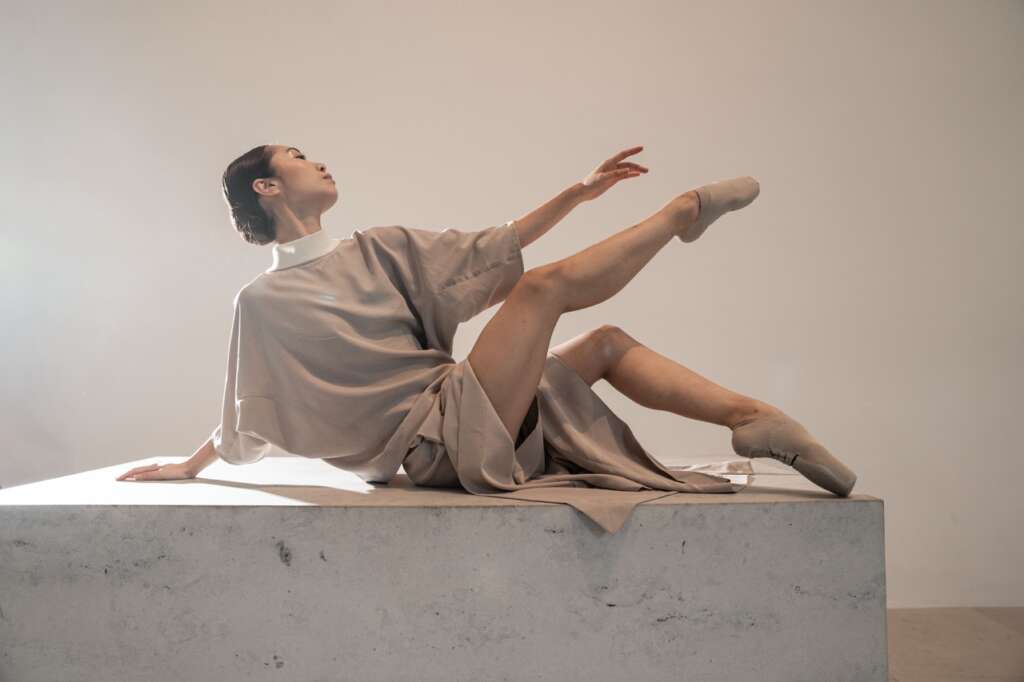
Function
This design stands as a testament to the idea that natural yarns can be transformed into high-performance activewear. It breaks the mold, providing a unique blend of comfort and functionality that empowers wearers to feel confident and comfortable in their own skin.
The bodysuit is a statement piece, showcasing the limitless potential of knitwear. It invites viewers and wearers to envision a sustainable future for fashion, where technical prowess meets everyday casual wear, creating multifunctional apparel that doesn’t compromise on sustainability or style.
Inspiration
The fluid shapes and pronounced muscles of a dancer’s body served as the muse for our design. We’ve meticulously sculpted the bodysuit to enhance the natural lines and curves of the human form, ensuring functionality so athletes can excel in their performances.
Precision was key. We used plaster molds of a dancer’s body to capture the most striking muscles, crafting a design that not only supports but also celebrates the human form in motion.
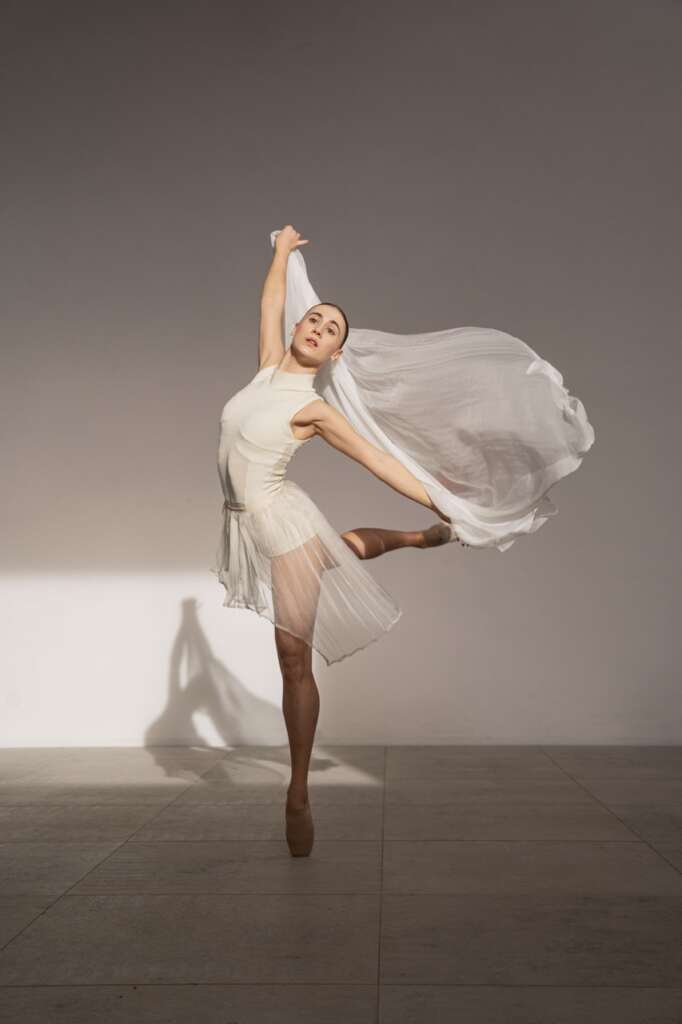
Developement | Yarn selection
Facing challenges
Developing this bodysuit posed several challenges. Selecting the right yarn was paramount – one that offered moisture absorption, a cooling effect, and muscle warmth. We landed on a Tencel and merino wool blend, perfect for its functionality, yet the yarn’s thickness calls for future refinement. Another hurdle was finding a sustainable substitute for elastane to provide the necessary compression. Roica emerged as a promising alternative for future iterations. Lastly, the tight timeline was a formidable challenge, pushing us to innovate rapidly.
Special production process
The creation process was extraordinary. We harnessed Stoll’s Create Plus software to knit an almost seamless garment. This approach eliminates waste and enables precise control over the garment’s fit and structure – a revolutionary step in knitwear.

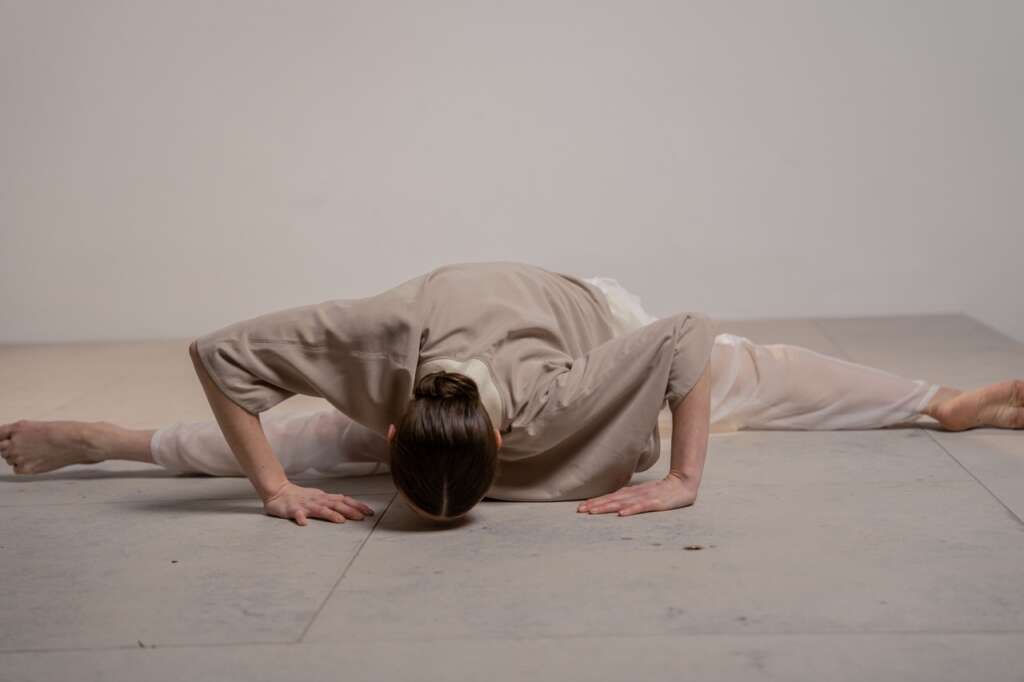
Why this yarn
The choice of a TENCEL™/Merino blend blend was intentional. We sought a yarn that stood at the intersection of sustainability and functionality. The merino wool’s cooling, moisture-wicking, and antibacterial properties, combined with Tencel™’s water efficiency and rapid drying, result in a yarn that is as kind to the environment as it is to the skin.
Yarn benefits
The yarn’s benefits are manifold – from its incredible skin-friendliness to its unparalleled next-to-skin softness. It is the foundation of the garment’s sustainable core.
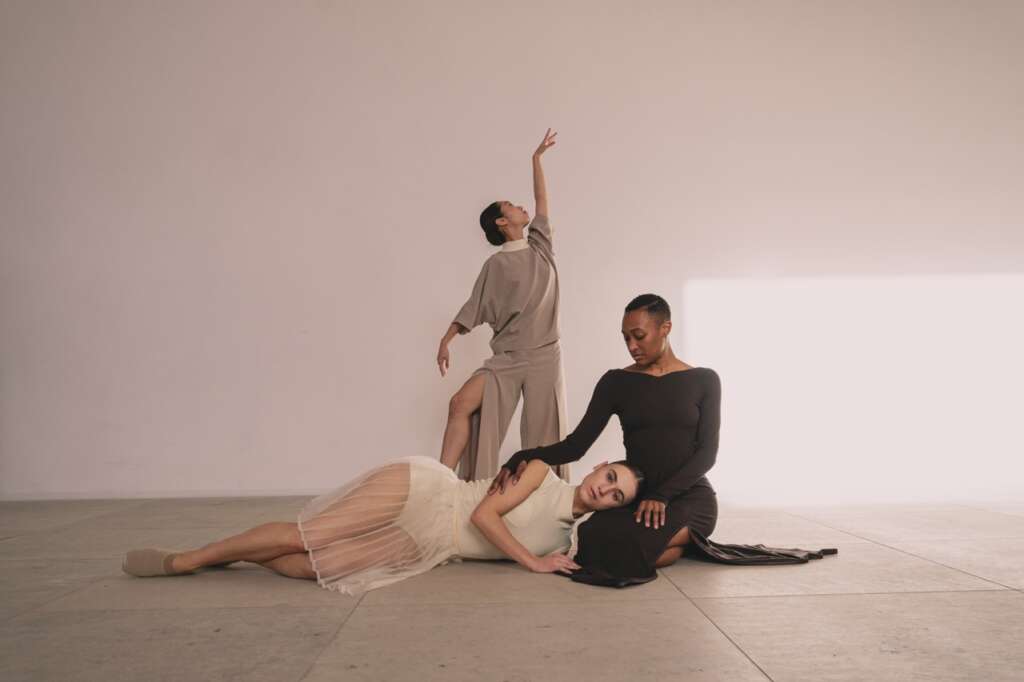
Results | Learnings
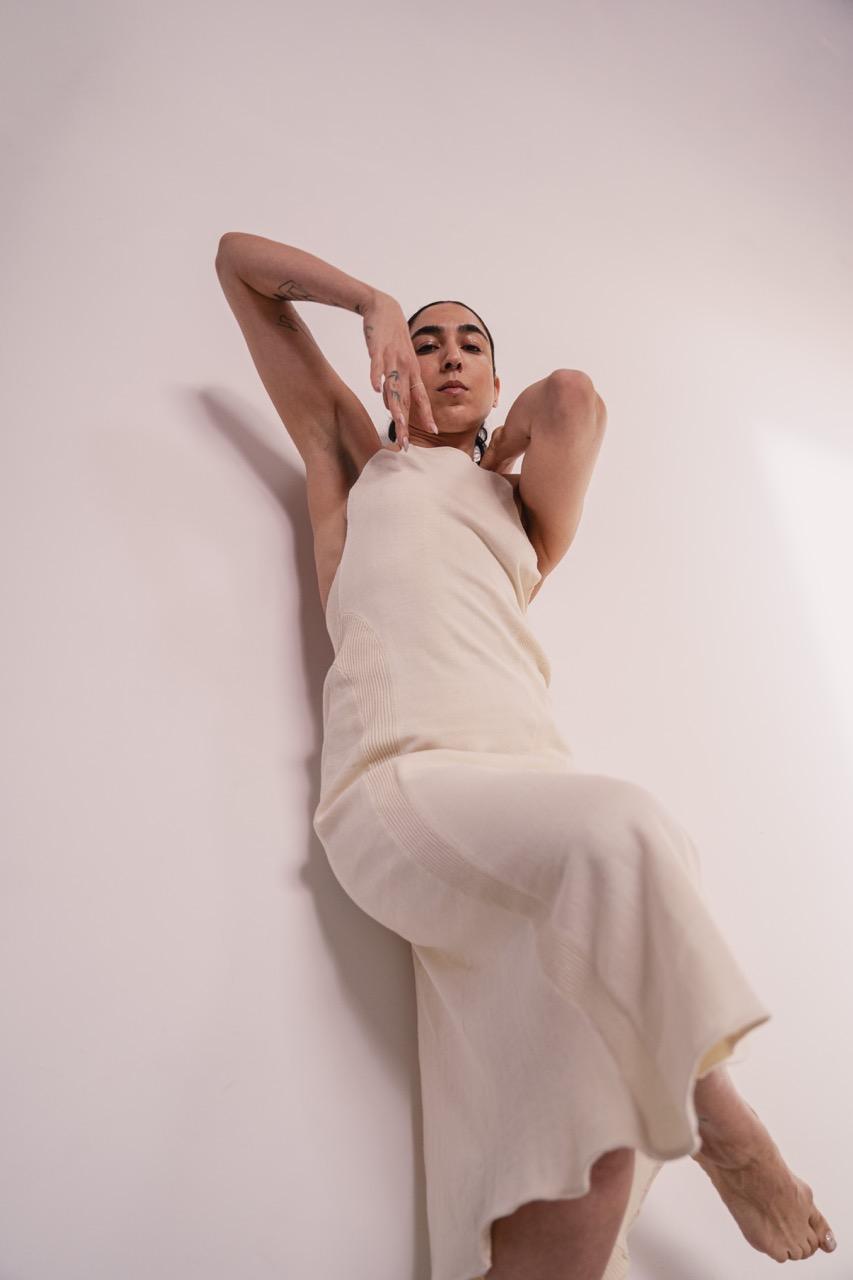
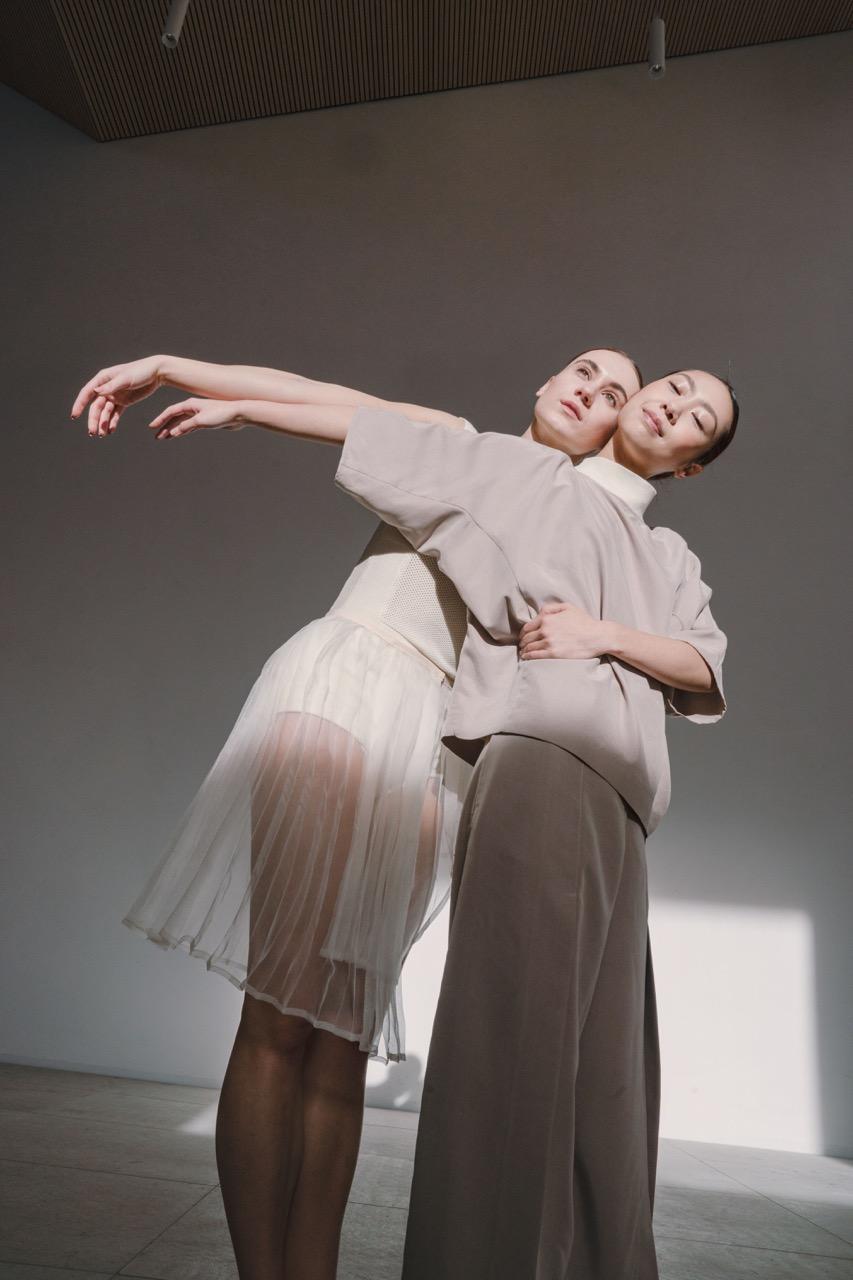
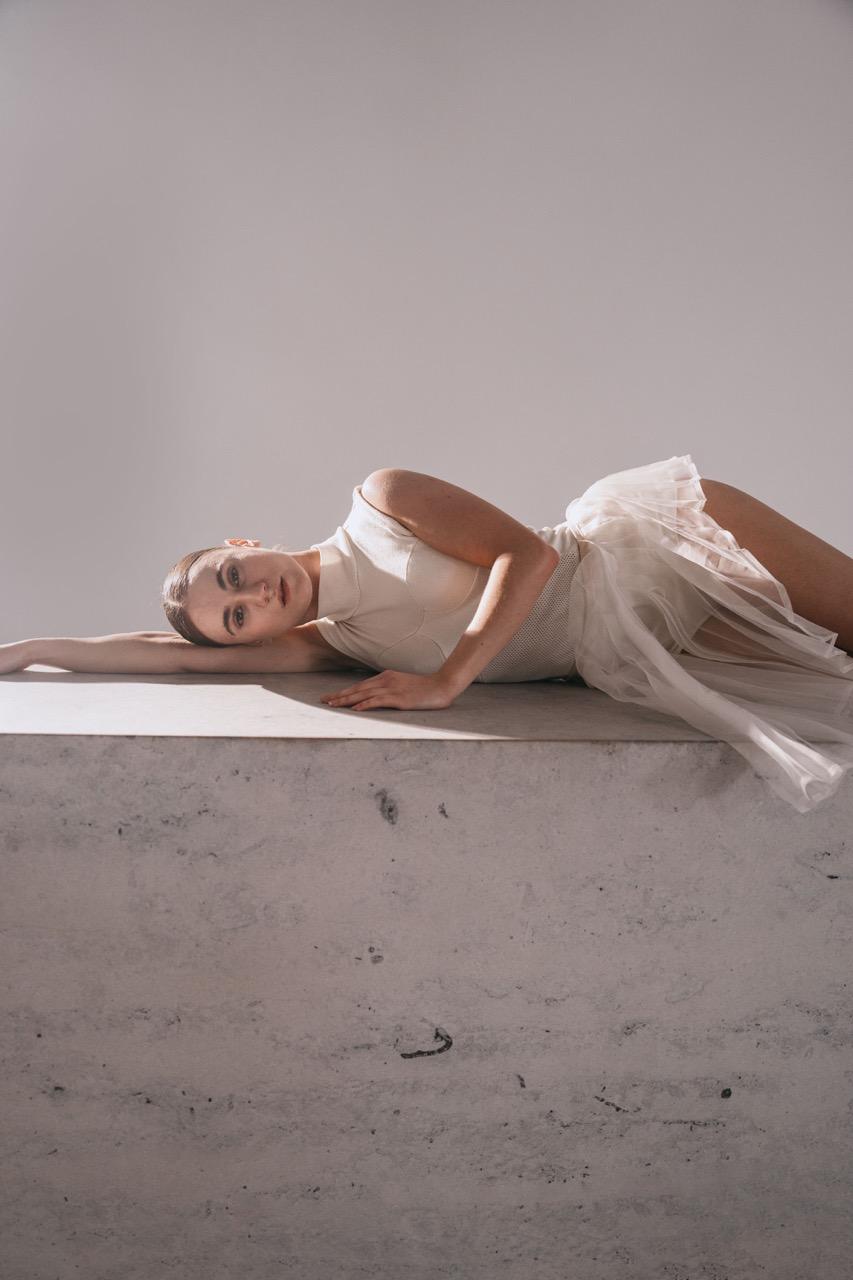
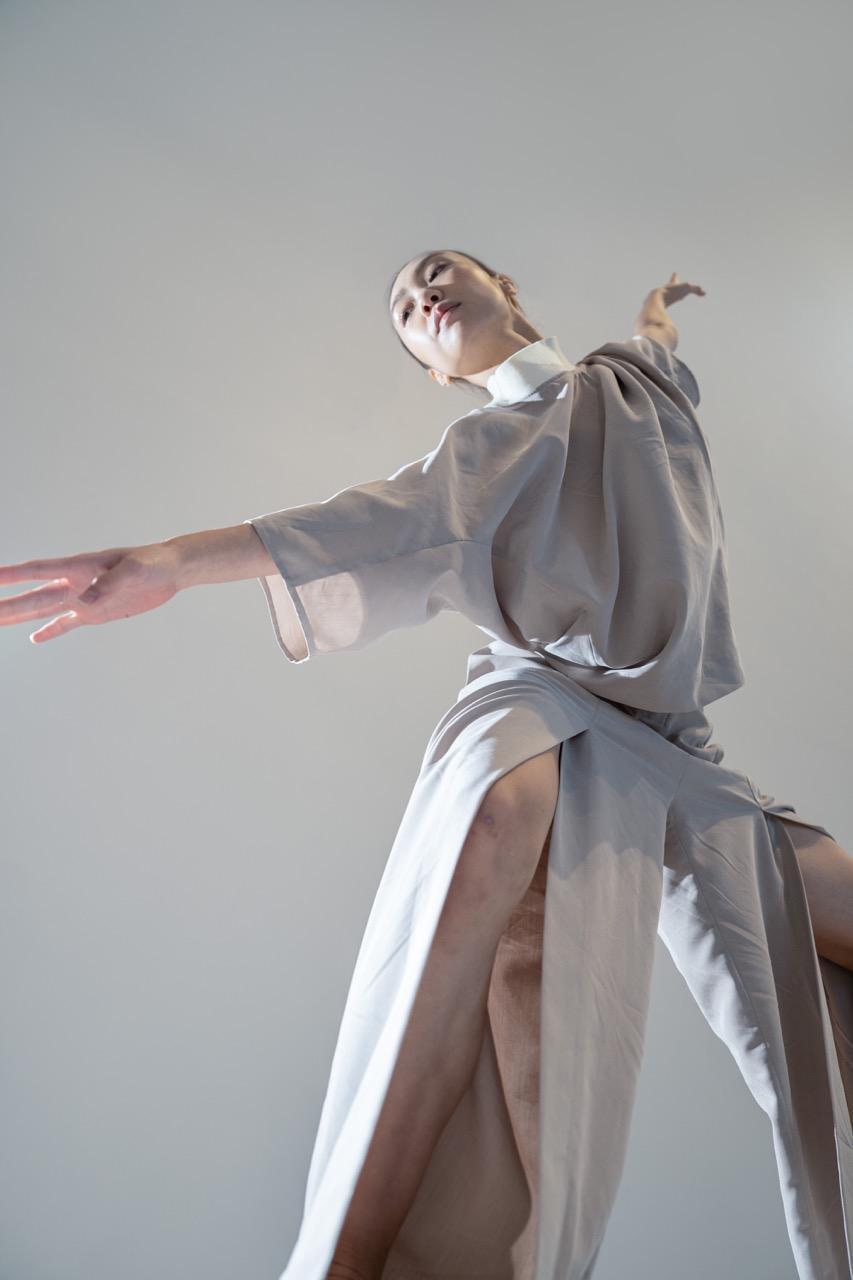
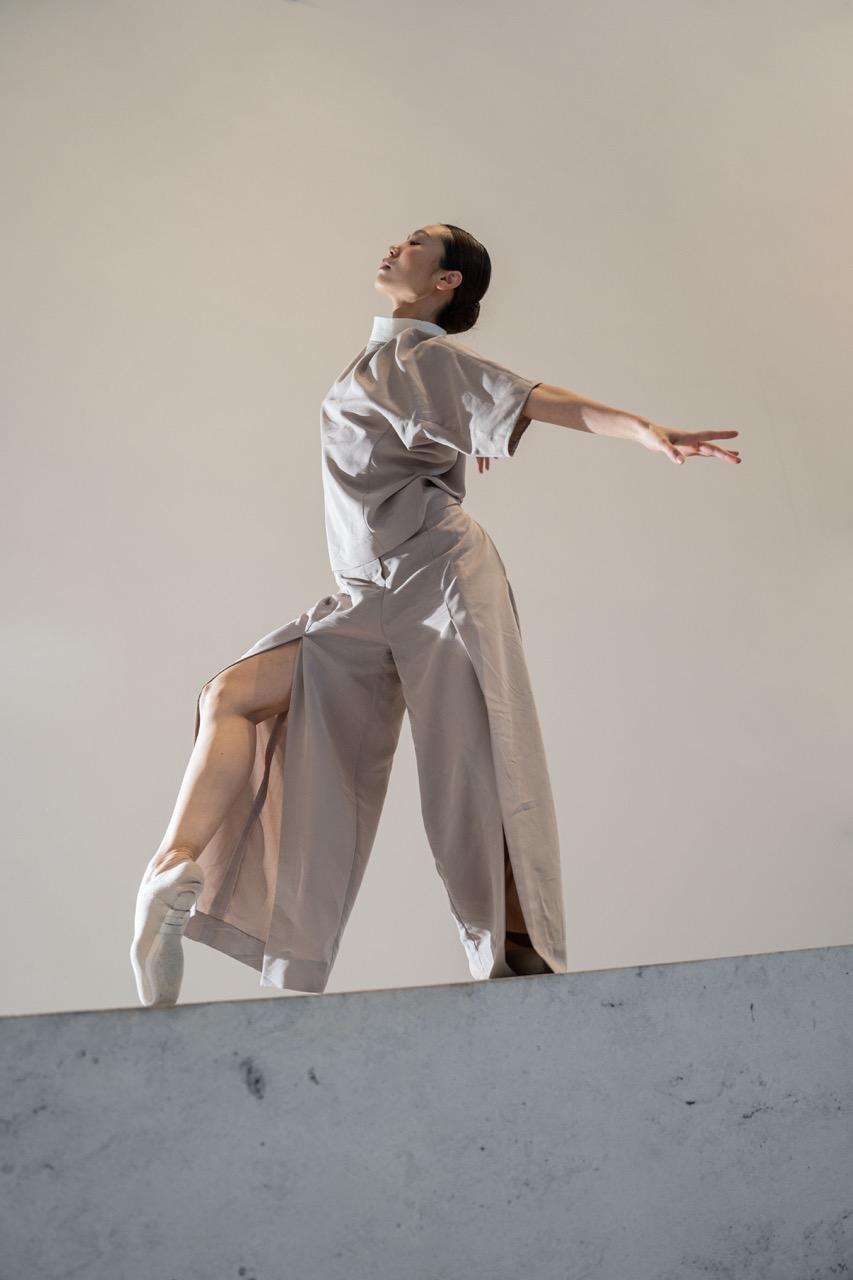
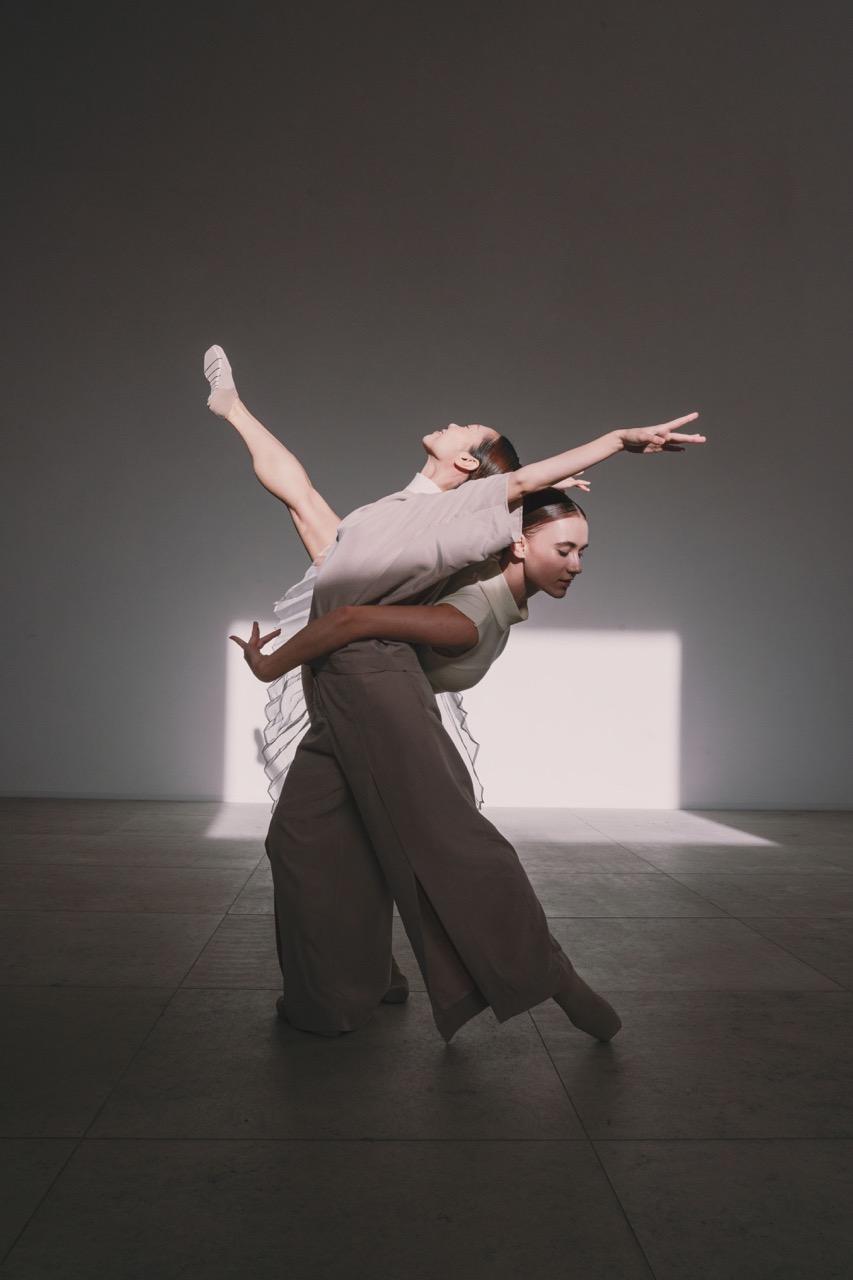

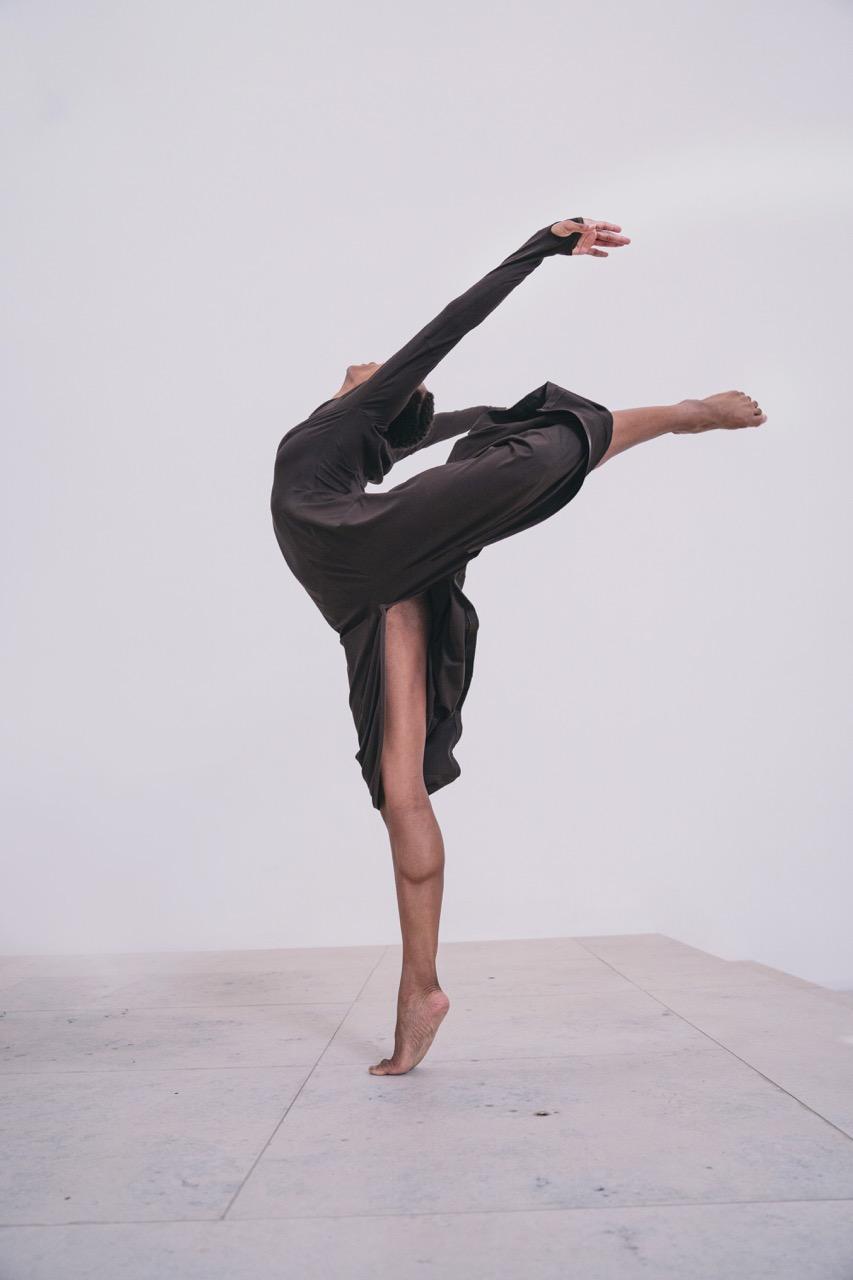
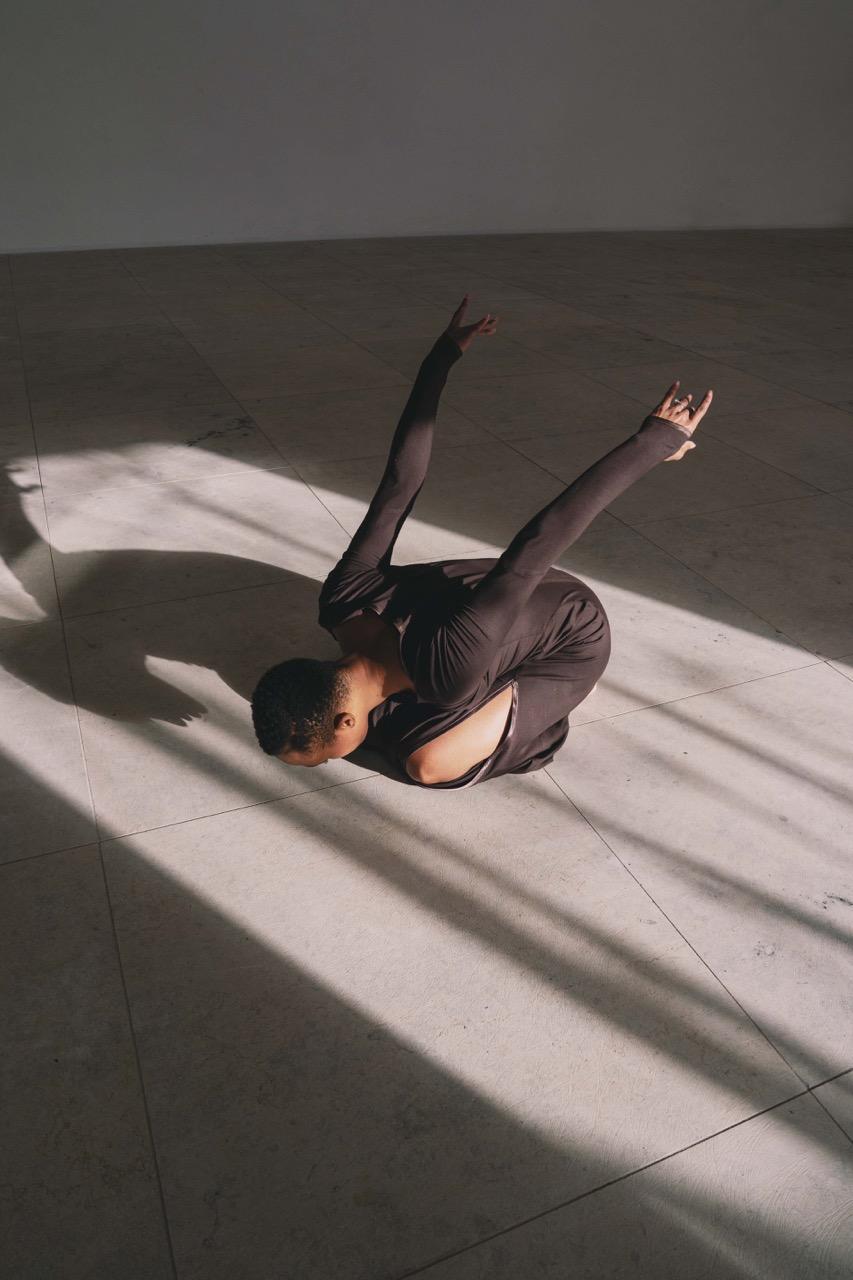
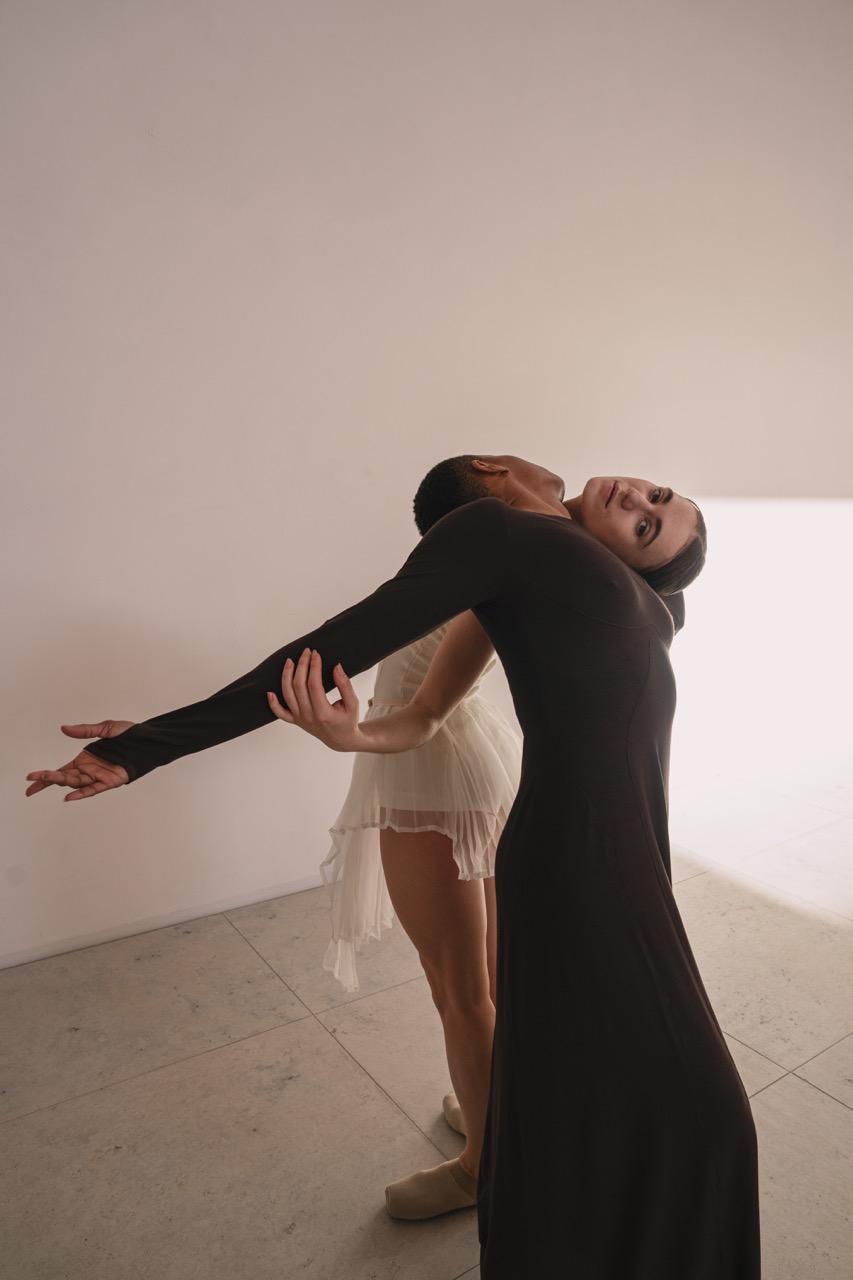
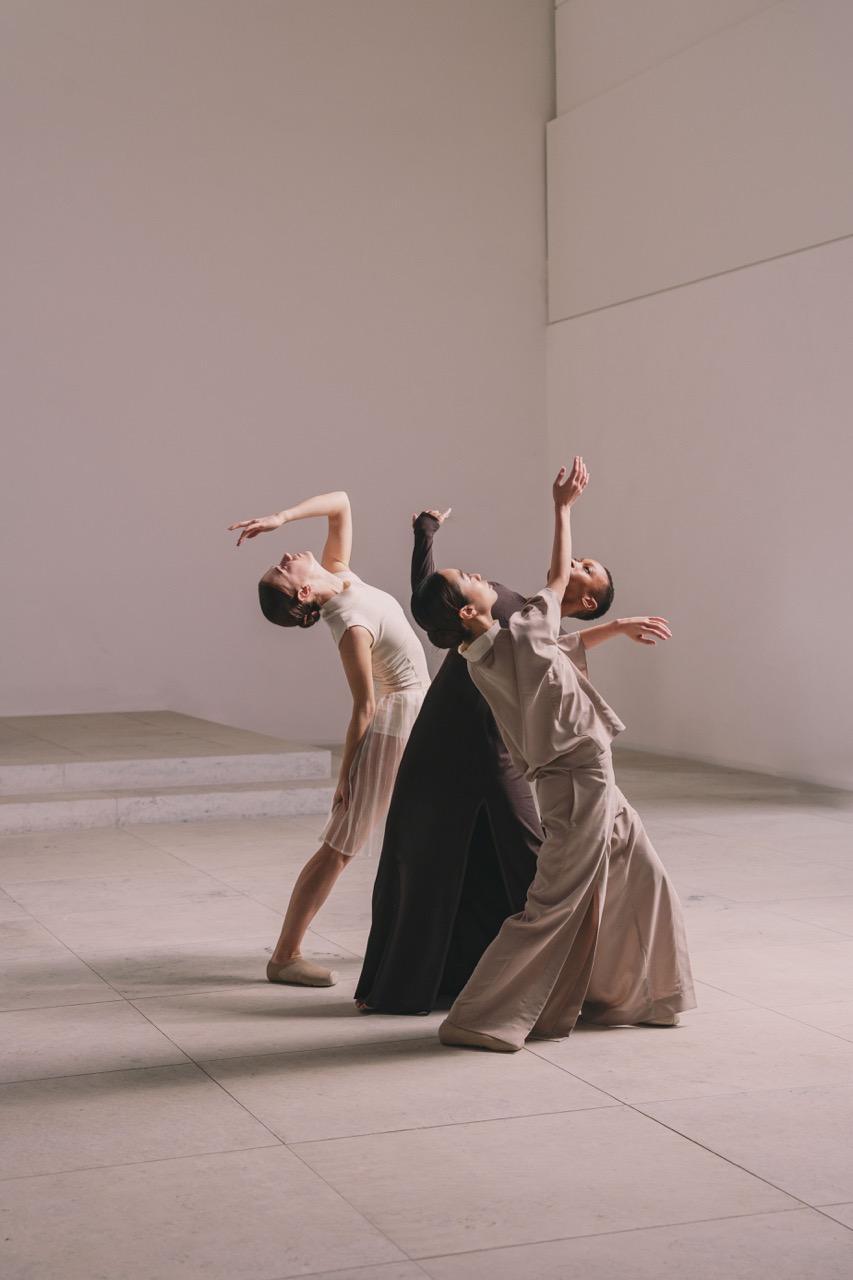
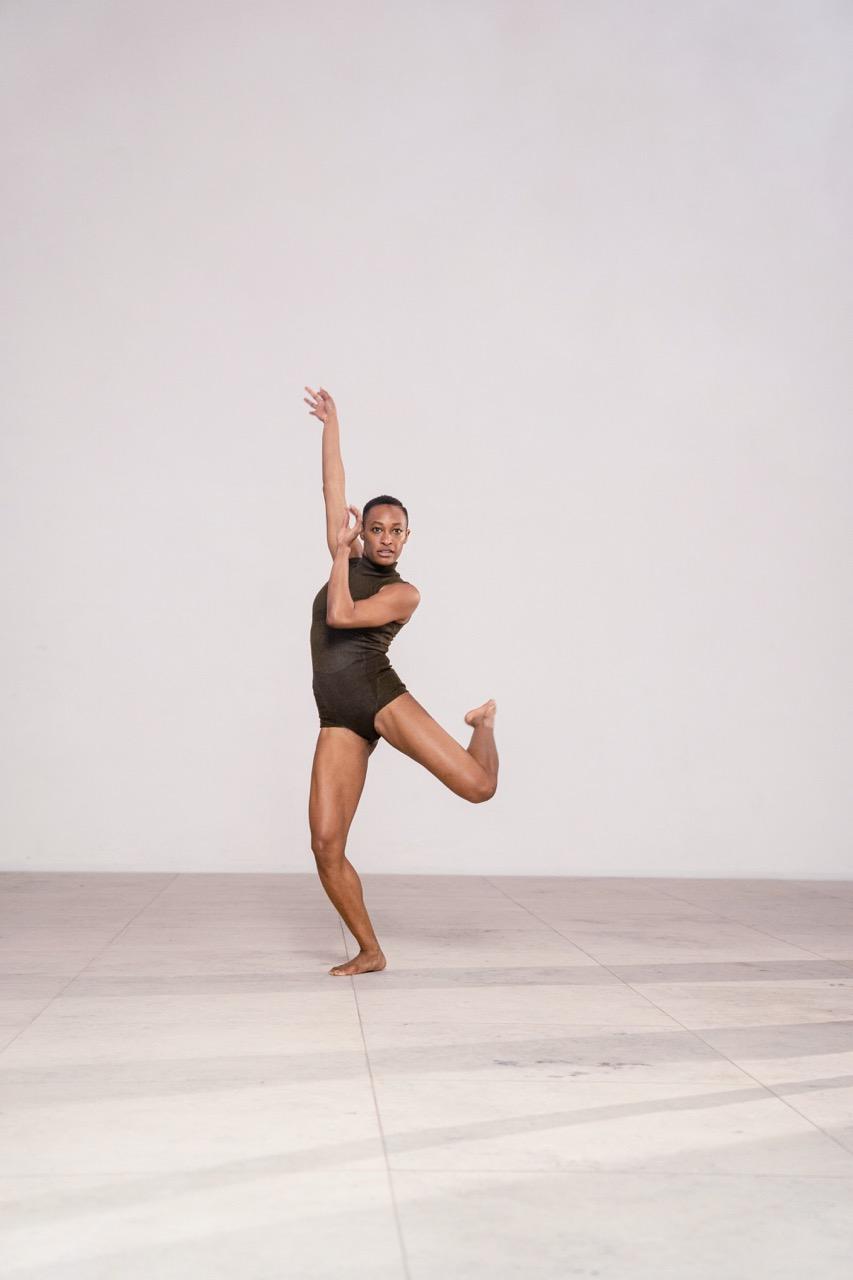
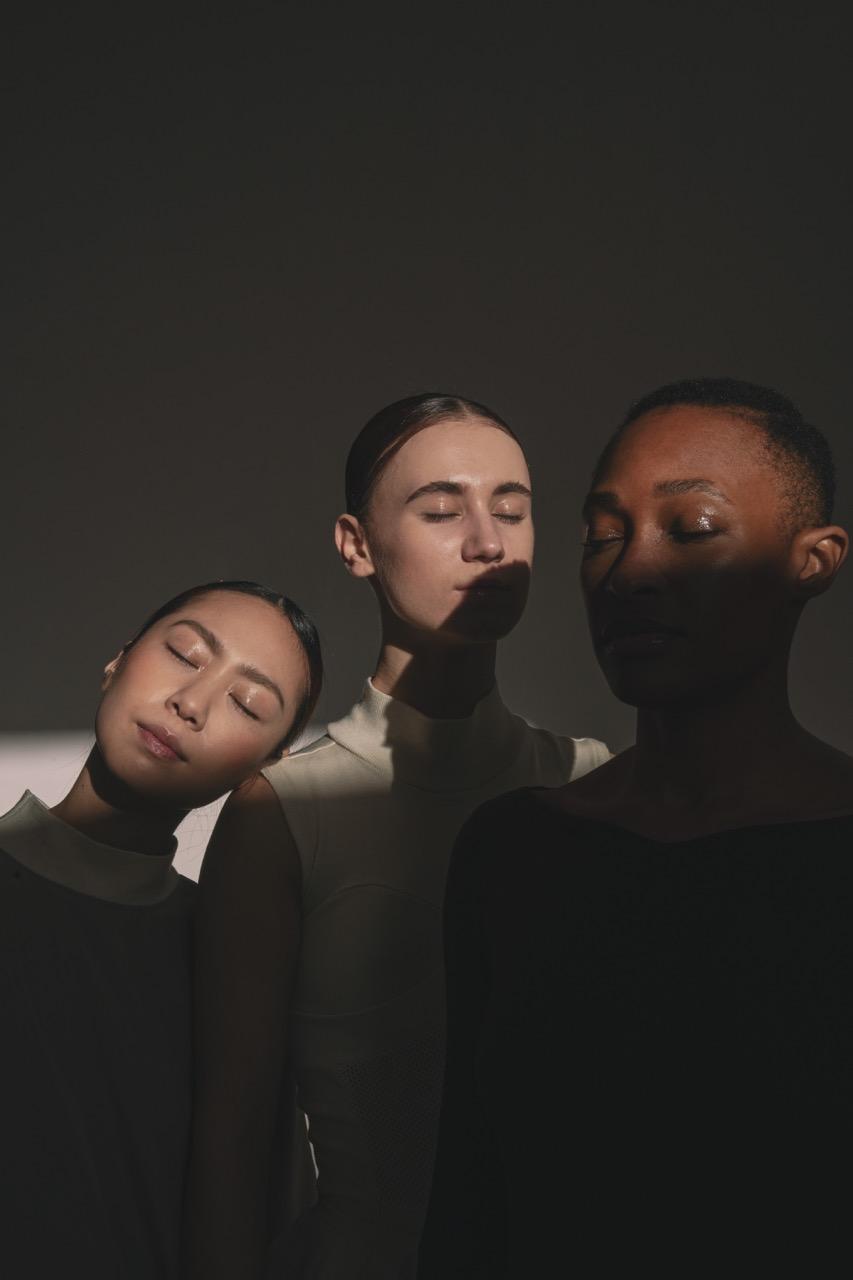

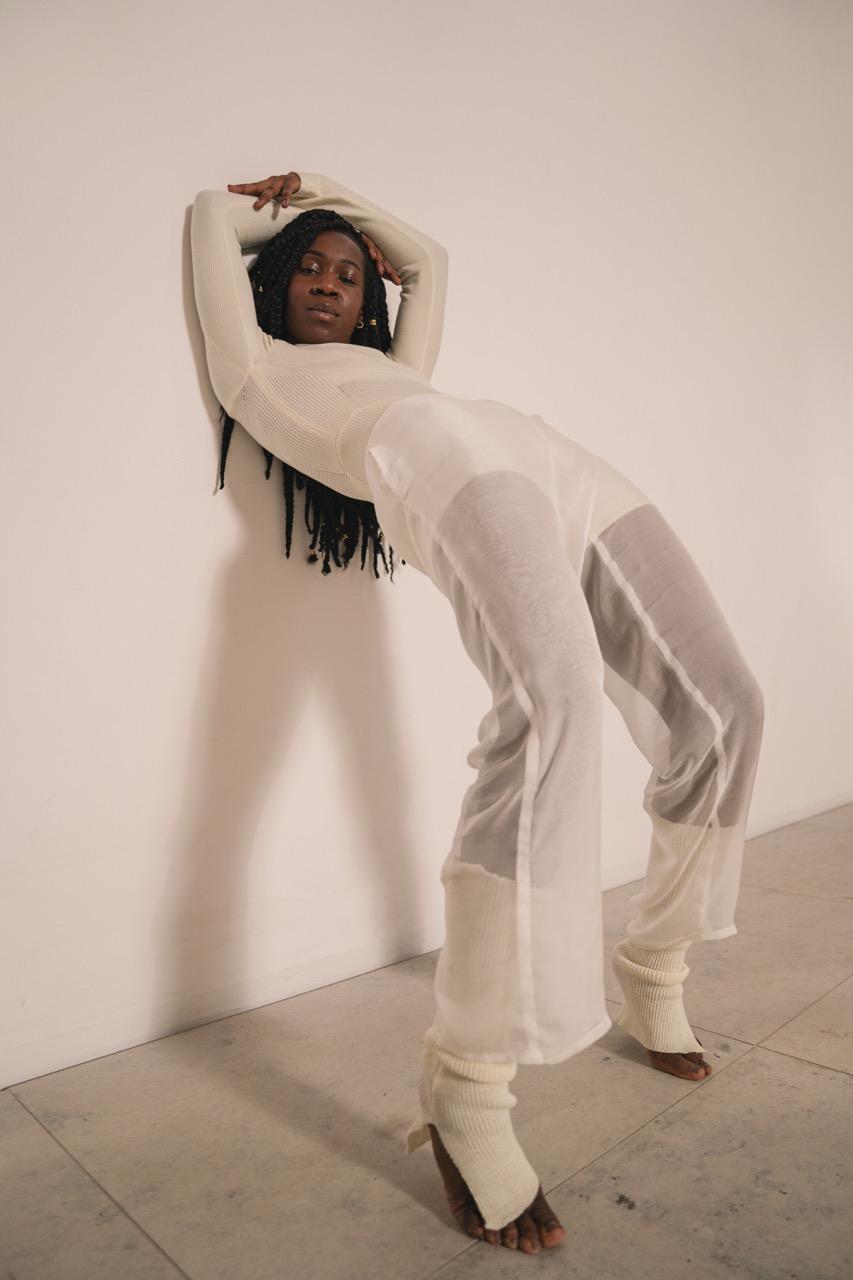
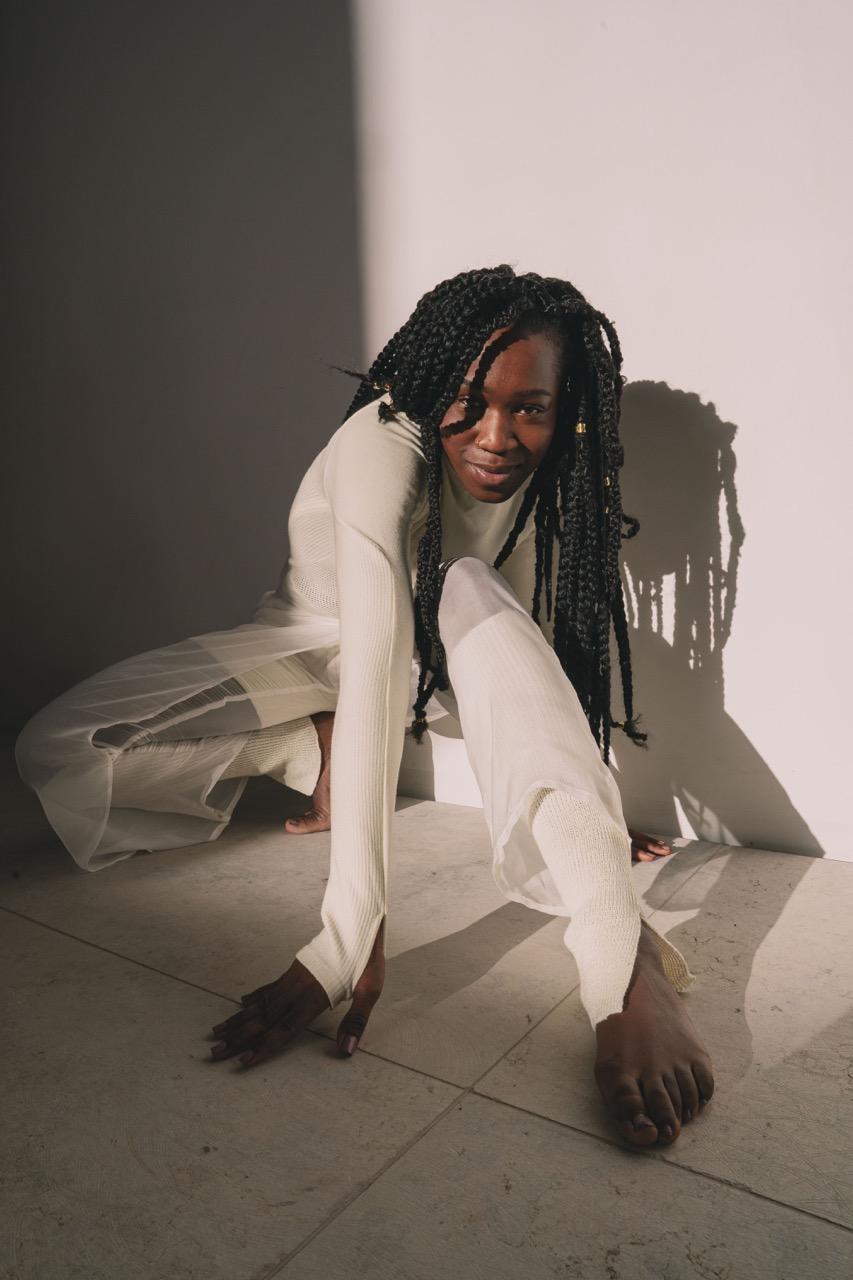
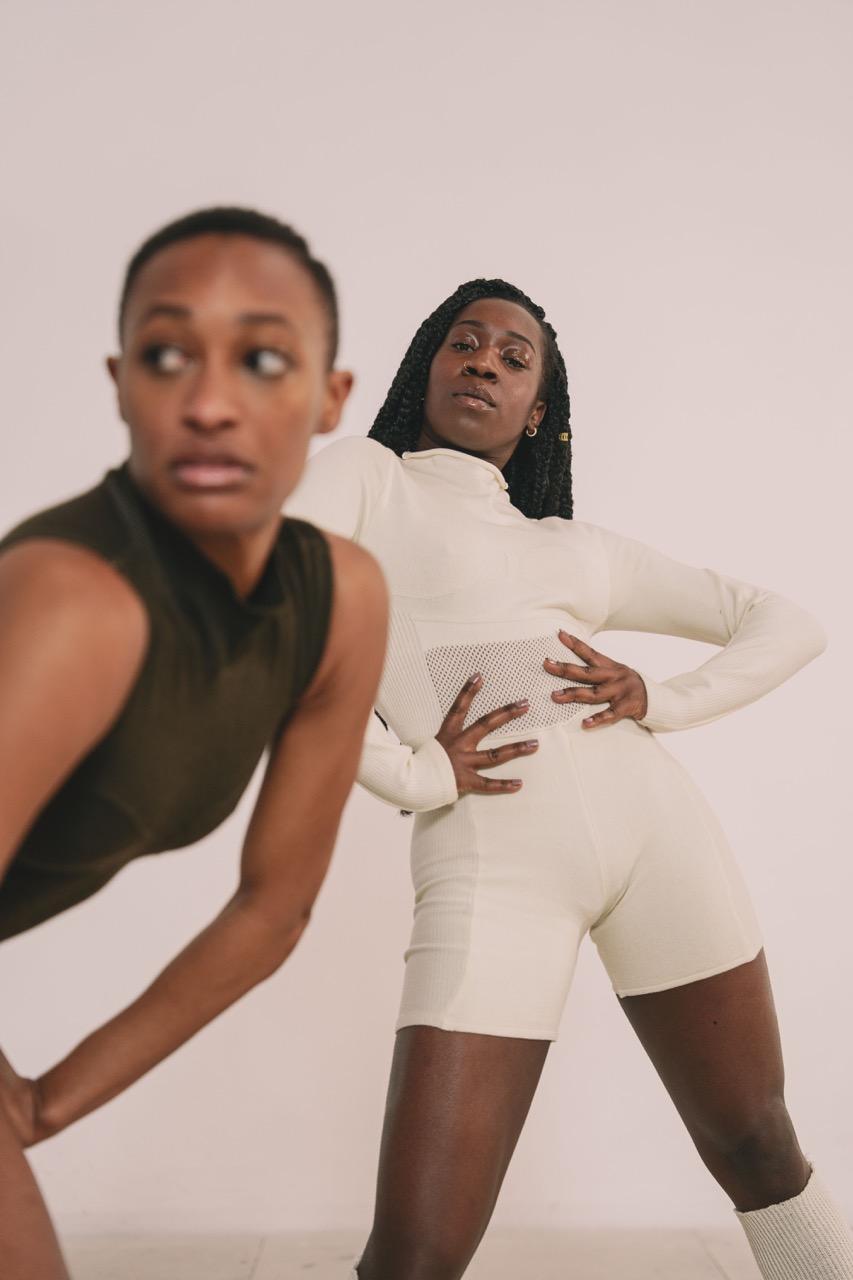
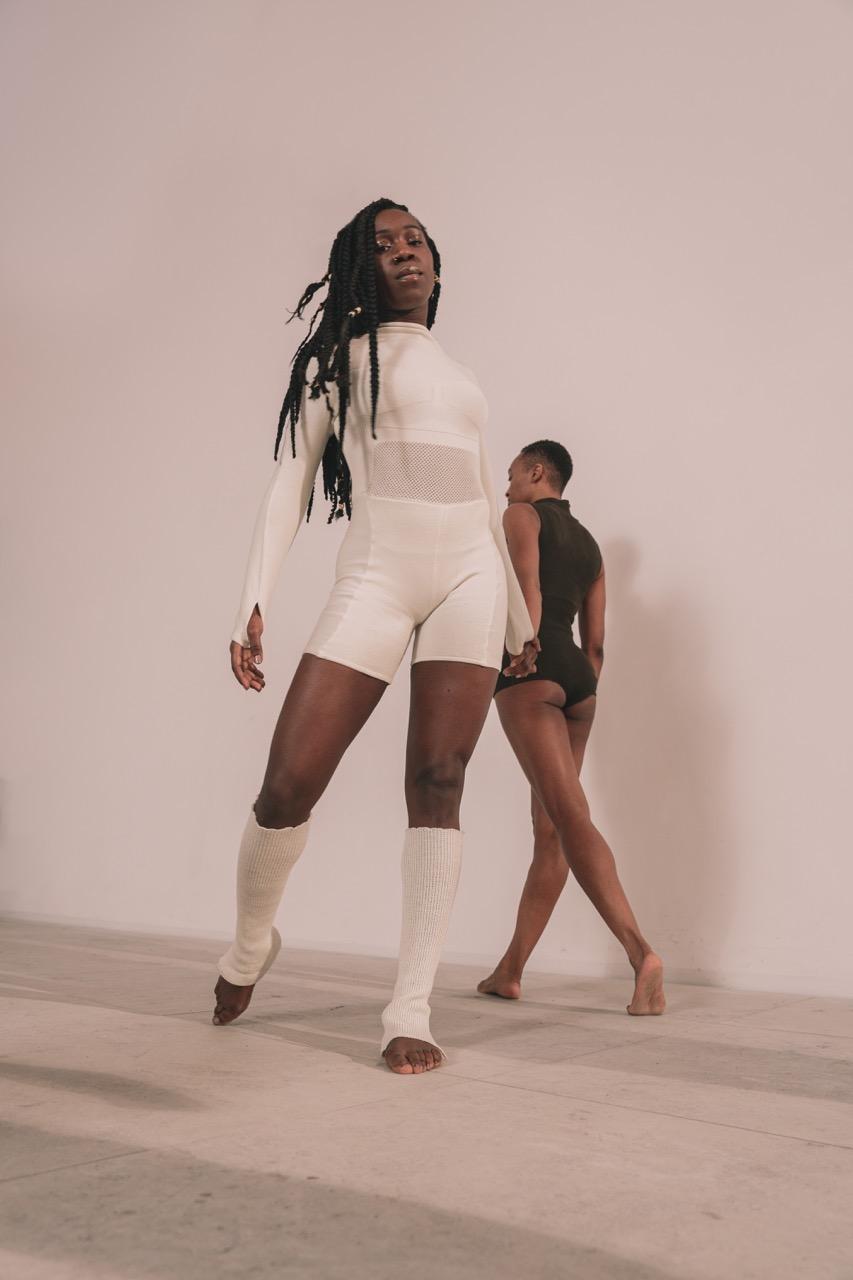
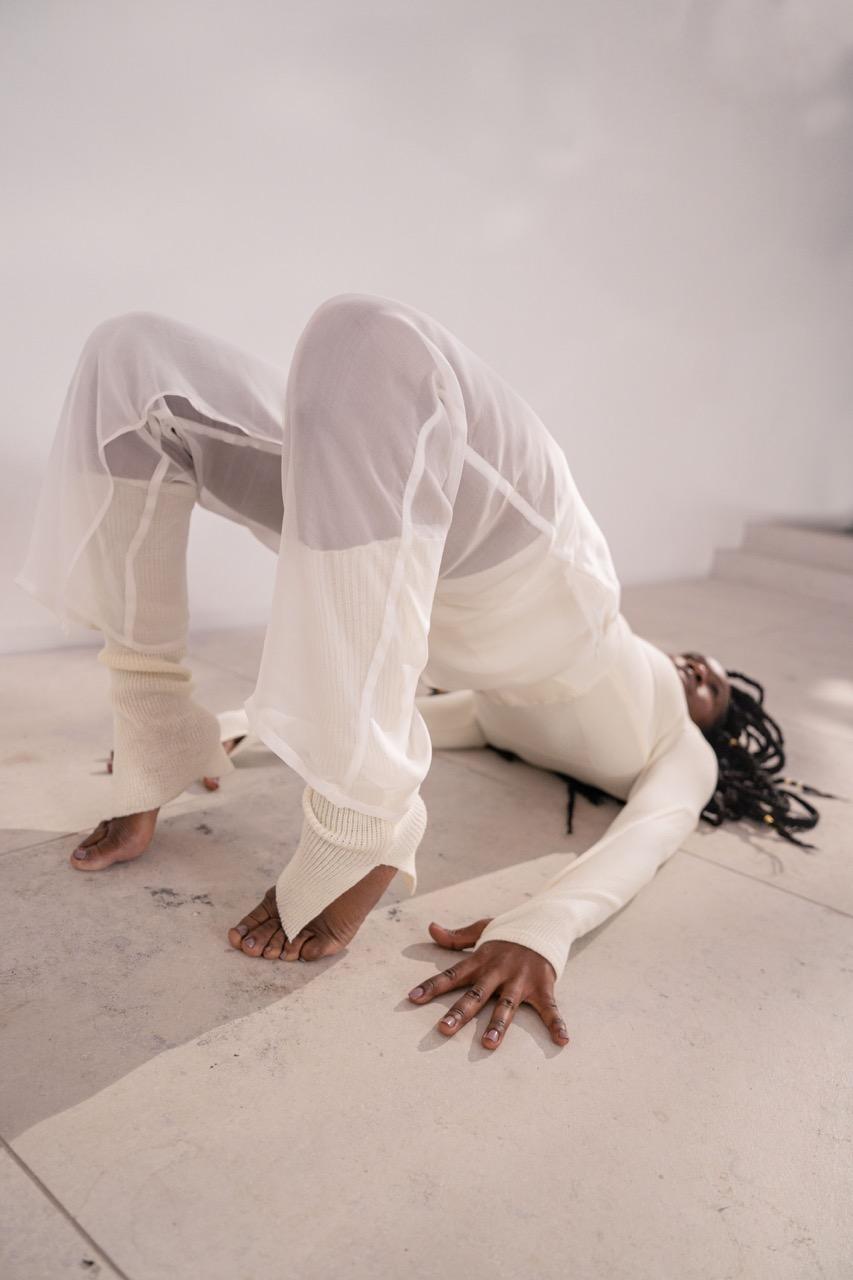
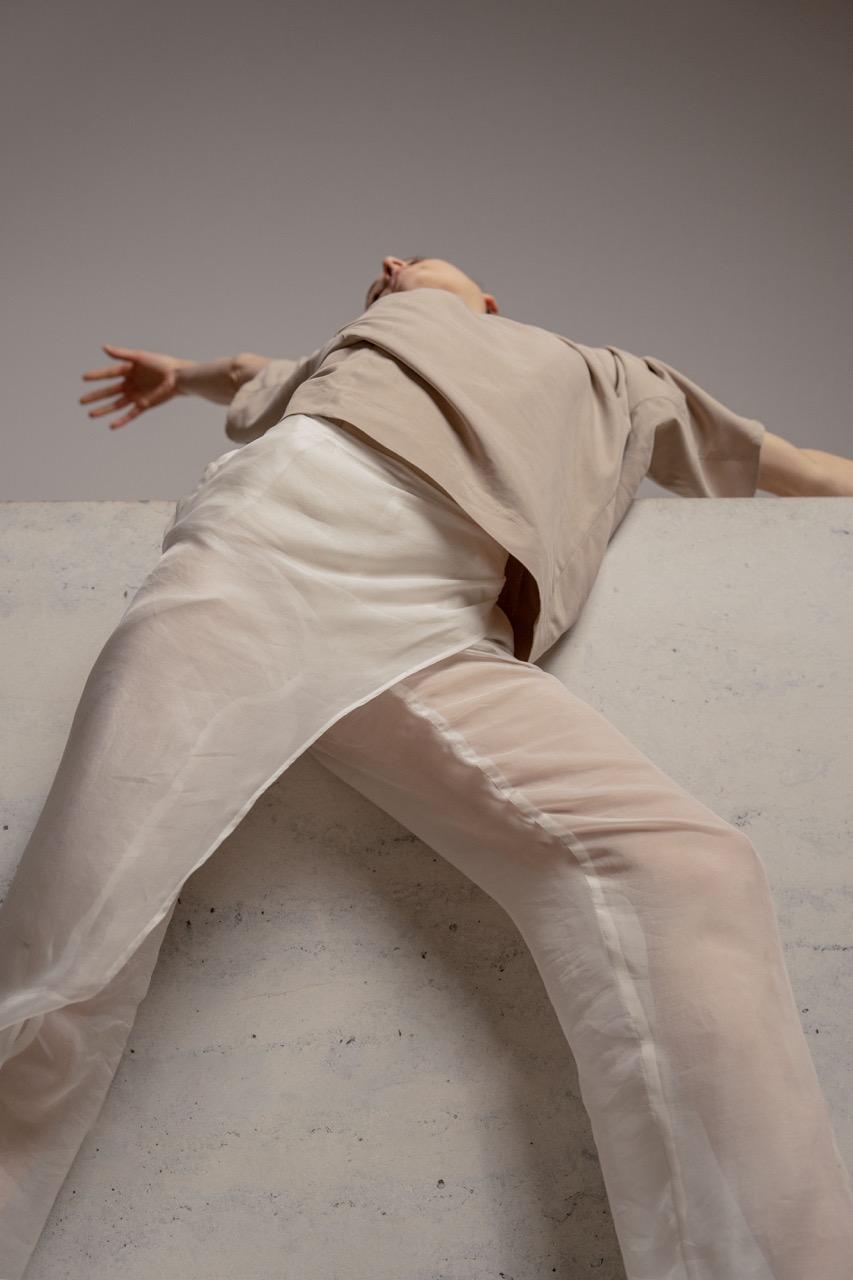

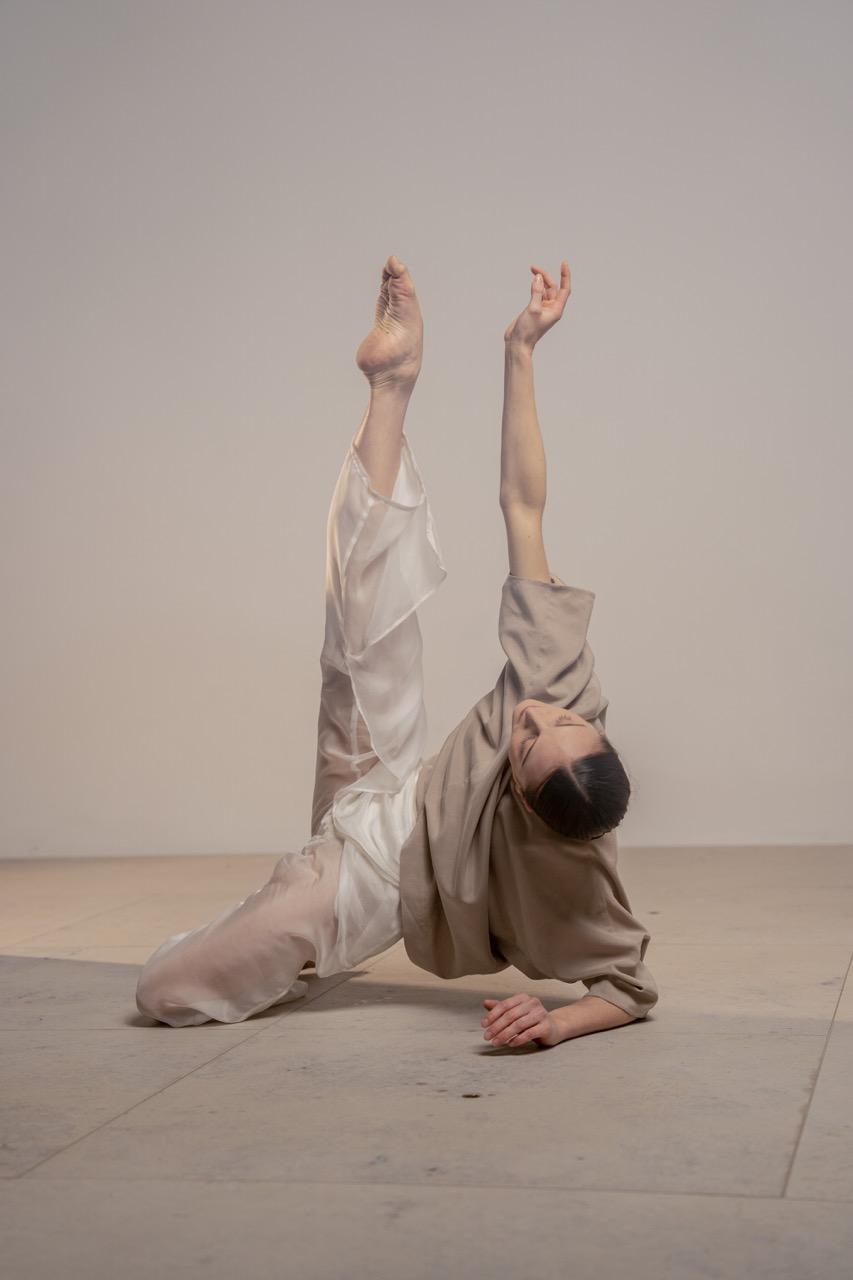
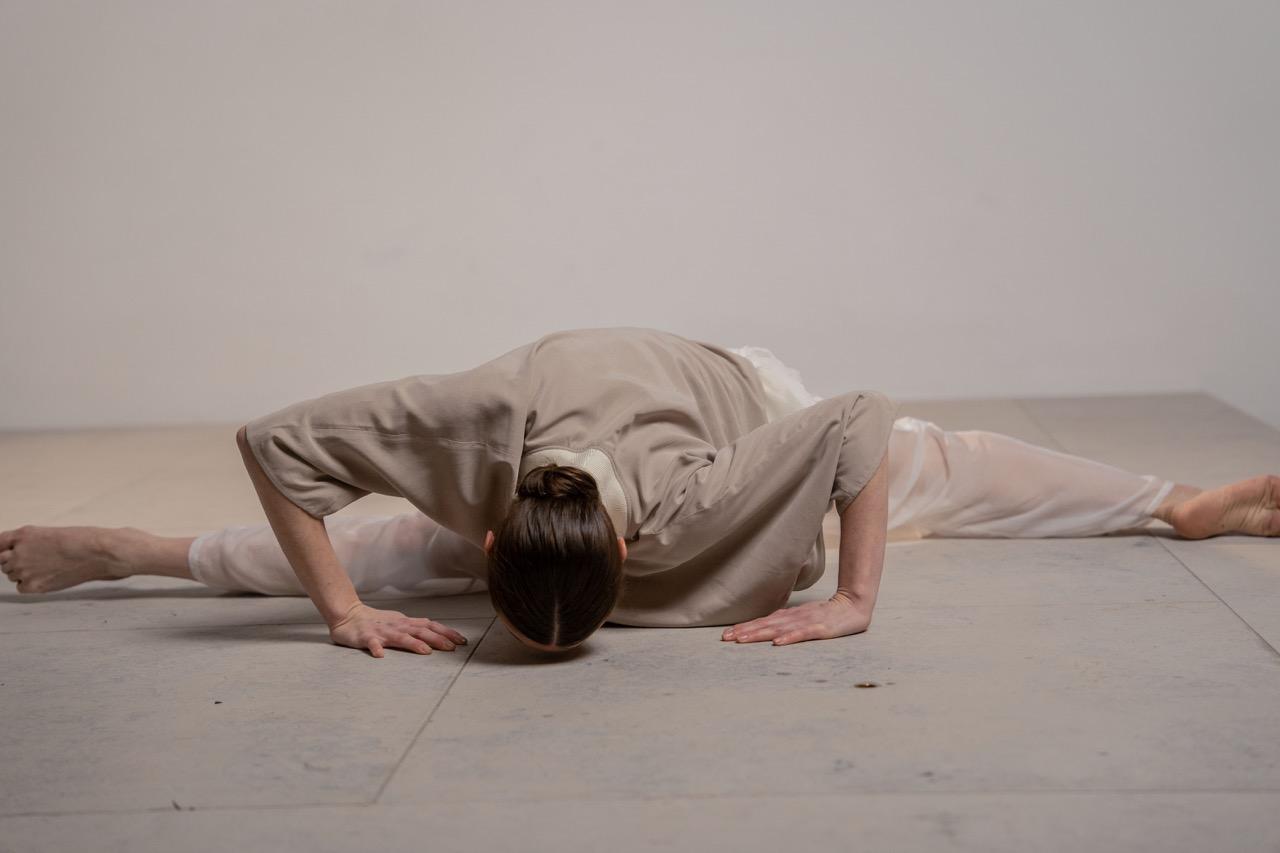
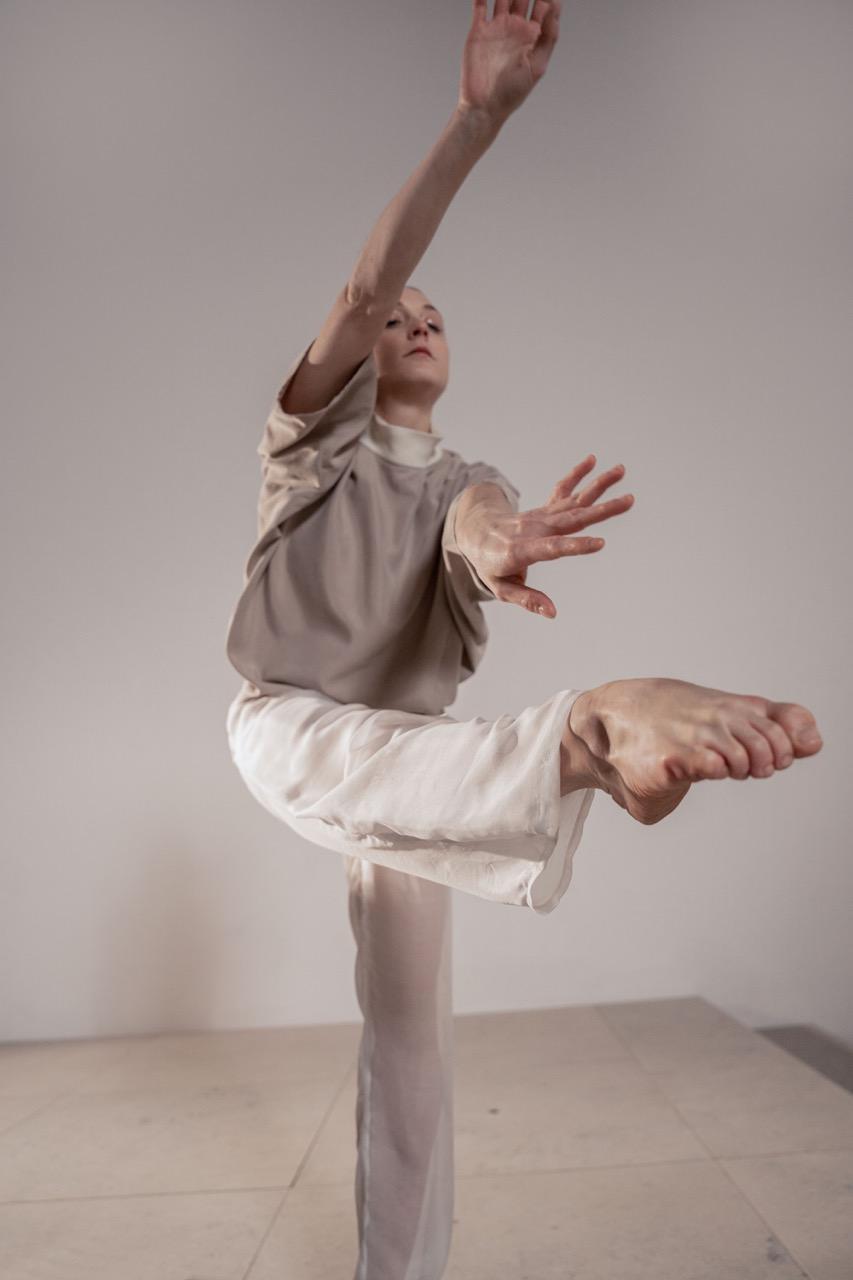
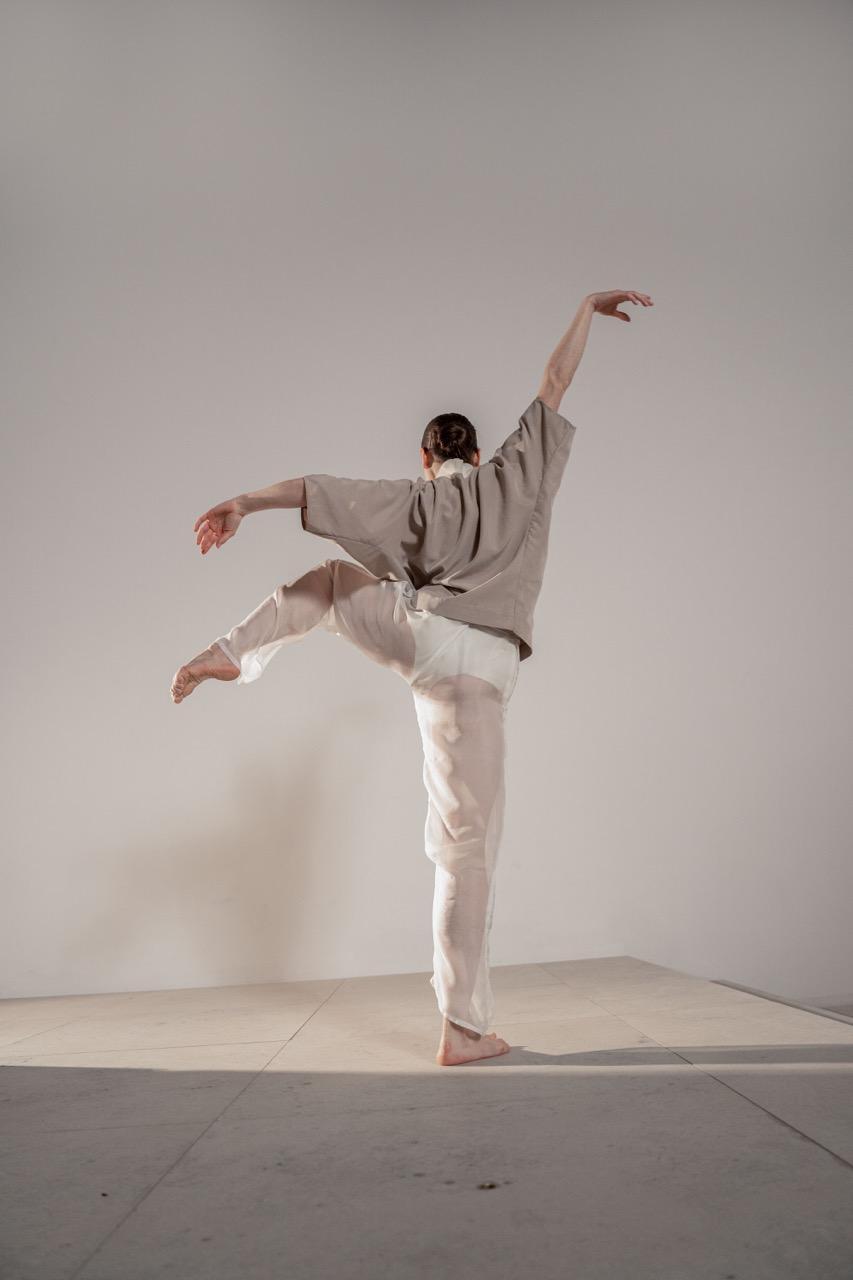
Benefits
This bodysuit brings to the fore the functional characteristics and biodegradability of the yarn, along with versatile wearability.
Specialty of the final garment
What sets this garment apart is its defiance of the synthetics-dominated market, paving the way for a much-needed sustainable revolution in the fashion industry.
Potential improvements
Given more time, experimenting with various yarn counts and colors would have been ideal, especially thinner yarns that could better represent the diversity of skin tones integral to the design concept.
Lessons learned
The project was a deep dive into knit programming and the boundless possibilities of industrial knitting – a field that continues to fascinate and inspire further learning. It also prompted an exploration into natural and chemical dyes, highlighting the complexities of dyeing processes.


